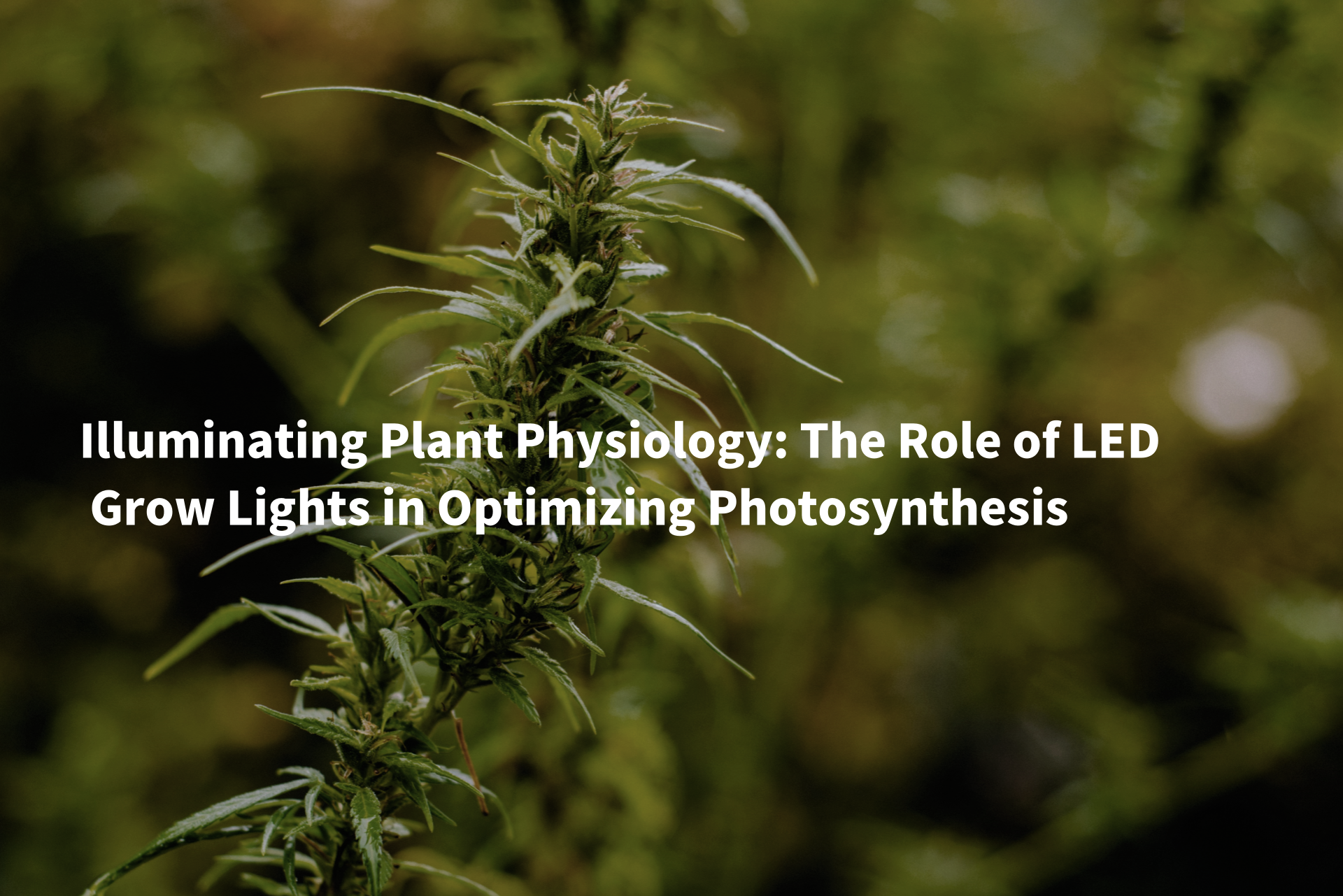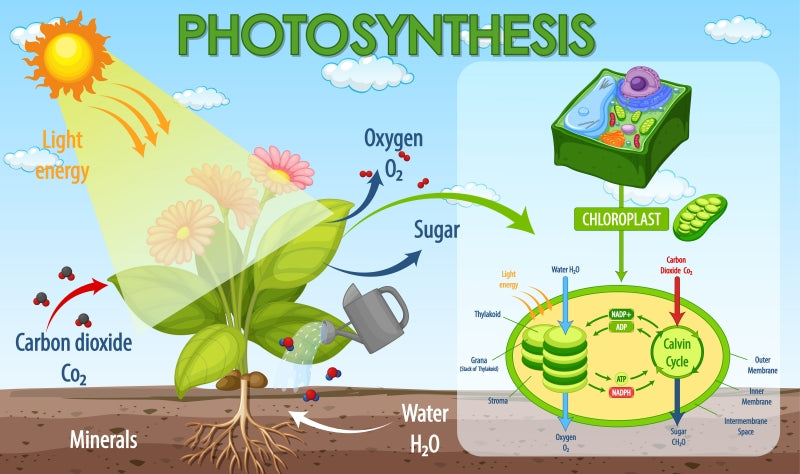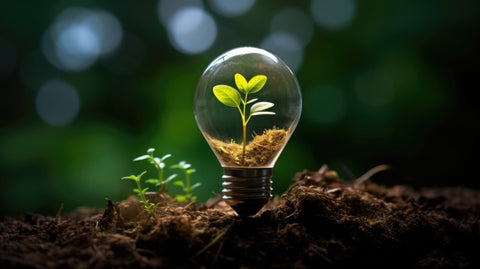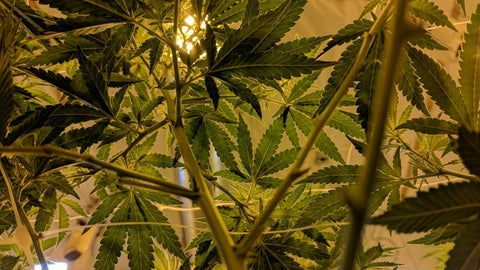
Illuminating Plant Physiology: The Role of LED Grow Lights in Optimizing Photosynthesis
Understanding plant physiology is key to unlocking the secrets of optimal growth, especially for plants like cannabis. Central to this understanding is the process of photosynthesis, where plants harness light energy to convert carbon dioxide and water into glucose and oxygen. In the realm of indoor cultivation, LED grow lights play a crucial role in replicating natural sunlight and facilitating photosynthesis. Let's delve deeper into how plants utilize light and the specific advantages offered by Medic Grow LED grow lights.

Image Source:https://pixabay.com/illustrations/ai-generated-plants-sun-grow-light-8296845/
Photosynthesis: The Engine of Plant Growth
Photosynthesis is a complex biochemical process that occurs in the chloroplasts of plant cells. It consists of two main stages: the light-dependent reactions and the light-independent reactions (Calvin cycle). Light energy is absorbed by chlorophyll and other pigments in the chloroplasts, initiating the conversion of light energy into chemical energy. This energy is then used to power the synthesis of glucose, the primary source of energy for the plant, and other essential molecules.

Image Source:https://www.freepik.com/free-vector/diagram-showing-process-photosynthesis-plant_20500234.htm#query=photosynthesis&position=0&from_view=keyword&track=sph&uuid=f667bfbd-7ba4-43eb-b78a-7ccec4cc490c
The Importance of Light Spectrum and Intensity
Light is the primary source of energy for photosynthesis, making its quality and quantity crucial for plant growth. Different wavelengths of light affect plant physiology in unique ways. For instance, chlorophyll predominantly absorbs red and blue light, while other pigments absorb light in different parts of the spectrum. LED grow lights can be tailored to emit specific wavelengths, allowing growers to optimize light conditions for their plants' needs.
Mimicking Sunlight with LED Grow Lights
LED grow lights have revolutionized indoor gardening by providing growers with precise control over light spectrum, intensity, and duration. Medic Grow LED lights, in particular, excel in replicating the full spectrum of natural sunlight, offering several advantages:

Image Source:https://pixexid.com/image/lightbulb-cradling-tender-sapling-embodiment-of-newborn-idea-4pl50vis
Customizable Spectra: Medic Grow LED lights can be fine-tuned to emit the ideal combination of red, blue, and other wavelengths, promoting healthy growth at every stage of the plant's life cycle.
Energy Efficiency: Unlike traditional lighting options, LED grow lights consume less energy while still providing sufficient light intensity for photosynthesis. This results in lower electricity costs and reduced environmental impact.
Longevity and Durability: Medic Grow LED lights are built to last, with high-quality components and superior craftsmanship ensuring consistent performance over an extended period. This longevity translates to cost savings and peace of mind for growers.
Optimizing Cannabis Cultivation with LED Grow Lights
Cannabis plants, in particular, benefit from the precise control offered by LED grow lights. By tailoring light spectra to match the specific needs of cannabis cultivars, growers can enhance cannabinoid and terpene production, optimize plant morphology, and increase overall yield. Medic Grow LED lights provide cannabis cultivators with the tools they need to achieve exceptional results, whether growing for personal use or commercial purposes.

Image Source:https://unsplash.com/photos/cannabis-leaves-and-stem-7yty0M7XnYU
Conclusion
Understanding plant physiology, particularly the process of photosynthesis, is essential for successful indoor gardening, especially in cannabis cultivation. LED grow lights, such as those offered by Medic Grow, play a critical role in mimicking natural sunlight and providing plants with the light energy they need to thrive. By harnessing the power of LED technology and optimizing light spectra, growers can unlock the full potential of their plants and achieve remarkable results.
- Choosing a selection results in a full page refresh.
!

